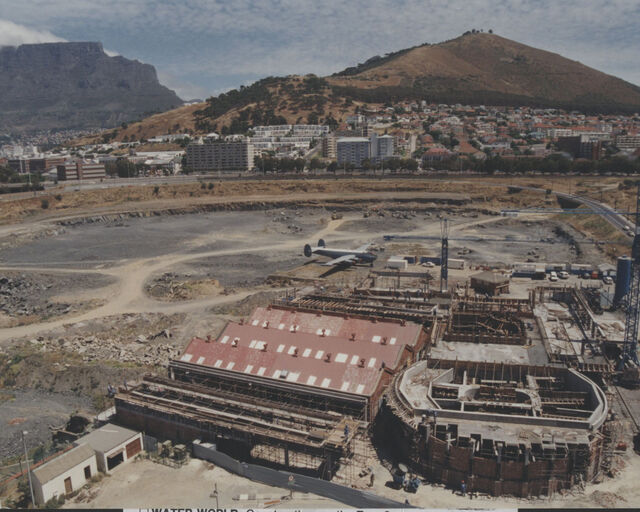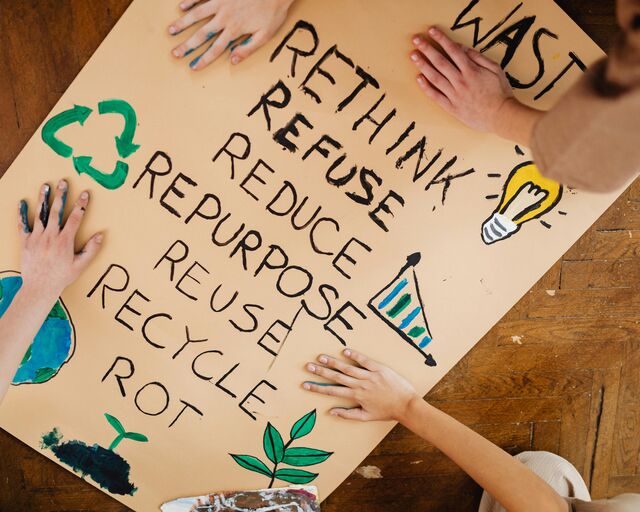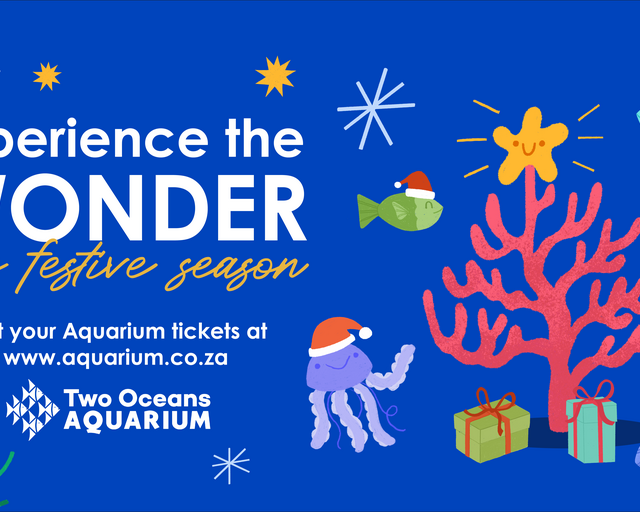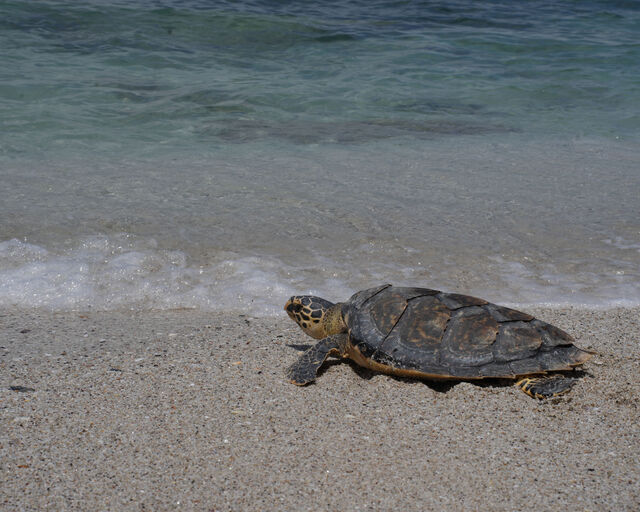Happy World Turtle Day: Let’s learn about the threats that face sea turtles!
Turtles are amongst the oldest animals on the planet – they first appeared on the fossil record over 220 million years ago. They are incredibly resilient animals, with a host of adaptions for surviving against all odds. However, in 2024, all seven species of sea turtle are listed as vulnerable or endangered on the IUCN Red List of Threatened Species.
Let’s learn more about what threats face sea turtles this World Turtle Day.
Plastic ingestion
The plastic crisis has reached catastrophic proportions – plastic has permeated the deepest levels of our ecosystems to the point that even plankton mistakenly consume microplastics. At every stage of their long lives, turtles are affected by plastic pollution. As hatchlings, they are opportunistic feeders. This means that they eat anything that passes by as they float with the currents, including microplastics.
At the Two Oceans Aquarium Foundation’s Turtle Conservation Centre, our team experiences the shocking reality of plastic pollution every day. In 2023, 55 out of 79 turtles (70%) undergoing rehabilitation had consumed plastic. These turtles have excreted 490 plastic pieces, averaging 11 pieces per turtle. Bokkie, a subadult green turtle currently being rehabilitated, excreted over 48 pieces of plastic! You can read her story here.
Thankfully, many of these turtles successfully pass the plastic on their own (or with the help of our veterinary team) with minimal trauma to their digestive systems. This is not the case for all turtles who have consumed plastic – some of whom are not fortunate enough to have help from the Turtle Conservation Centre. Sadly, many turtles pass away due to plastic ingestion. If the plastic in question is hard and jagged, it can cause severe internal injury to the turtle’s digestive system. If the plastic has packed the stomach full, it can cause the turtle to lose its appetite and starve to death.

Entanglement
With pollution reaching an all-time high, the ocean’s inhabitants bear the brunt. Ghost fishing gear is a particularly ominous threat to turtles. If a turtle is trapped in a significant entanglement, this could prevent them from being able to return to the surface for air, resulting in their drowning. Even if the turtle can breathe (perhaps some fishing line is wrapped around its flipper), this poses a different kind of threat. As the turtle grows, the fishing line will become tighter, stopping blood flow, cutting into the flesh, or causing infection. Entanglement is often a death sentence for turtles in the ocean.
Thanks to the efforts of our Turtle Rescue Network and the Turtle Conservation Centre, some entangled turtles have a happier ending! Nobomvu the loggerhead turtle is one such turtle. When Nobomvu was rescued in 2020, she was entangled in a ghost fishing net weighing 50kg (the same weight as her!). She was found by a group of fishermen and brought to the Turtle Conservation Centre. After two gruelling years of rehabilitation, Nobomvu was released into the ocean; strong, healthy, and free! You can read her story here.
Boat strikes
Boat strikes are a common threat to subadult and adult turtles. Remember that turtles are air-breathing, which means that most of their time is spent in the upper 200 metres of the ocean. This lifestyle leaves them particularly vulnerable to boat strikes. Too often, turtles are hit by boats when coming up for air, causing severe injury and even death.
Sandy, a green turtle, is one of the first turtles to have been a part of our Turtle Conservation Centre’s rehabilitation programme before it was officially established. In 2016, Sandy was rescued from Witsand in terrible condition. Five deep gashes through her carapace had exposed lung tissue: A result of damage from boat propellers. During her rehabilitation, Sandy's wounds were painstakingly cleaned and disinfected until her carapace was completely healed. Finally, in December 2018, she was released back into the ocean.
Predation
As hatchlings, turtles make up a significant portion of the food chain. Even before they have hatched, predators (like jackals or stray dogs in South Africa) dig up their nests to feast on the eggs. After hatching and emerging from their nests deep beneath the sand’s surface, these palm-sized turtles run a gauntlet as they crawl towards the sea. Seabirds, crabs, and even dogs enjoy a free-for-all, eating all the hatchlings they can. Even the lucky survivors are not safe once they reach the ocean – there, they fall prey to more seabirds, sharks, predatory fish, and more!
As adults, turtles are much more equipped to survive – one of the reasons being that their shells have hardened sufficiently to shield them from predators. However, they are still at risk of predation by large sharks and orcas.
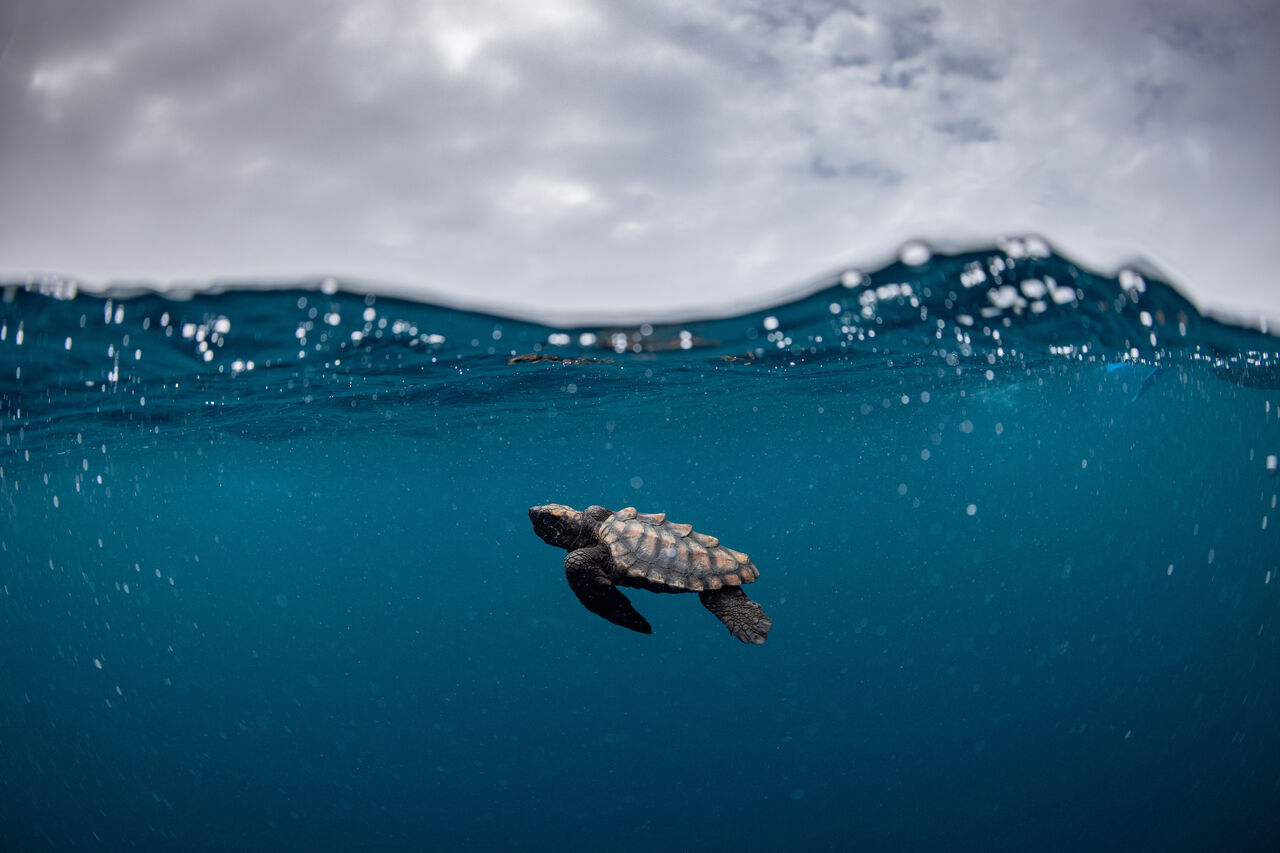
Climate change / global warming
In most species, the sex of offspring is determined during fertilisation. However, turtles are different – their sex is determined after fertilisation, while the eggs develop in the sand! This is called temperature-dependent sex determination: The average sex of turtles in a clutch is entirely dependent on the temperature of the sand in which they are laid and incubated. It has been proven that when a turtle’s eggs incubate above 31°C, most of the hatchlings will be female. When temperatures drop below 27°C, most of the turtles will be male. As the saying goes: “Hot chicks and cool dudes”.
Although this is a natural adaptation for turtle species, this could pose issues as climate change and global warming worsen. Should global temperatures continue to rise, this could result in skewed populations where more females than males are produced. Of course, this imbalance has a huge impact on the survival of the species – fewer male turtles lower a female’s chances of finding a mate.
Despite surviving for millennia, turtles are faced with a multitude of threats in the 21st century – at the Turtle Conservation Centre, our team works around the clock to improve these statistics. Turtles need all the help that we can give them – from picking up a piece of litter on the street to supporting the rehabilitation of one of our turtle hatchlings, every small action is a step towards a brighter future for turtles. Our Turtle Conservation Centre has an 85% release rate – we are proud to be contributing to the global preservation of these incredible animals.
Related News
Sign up to our Newsletter
Receive monthly news, online courses and conservation programmes.


